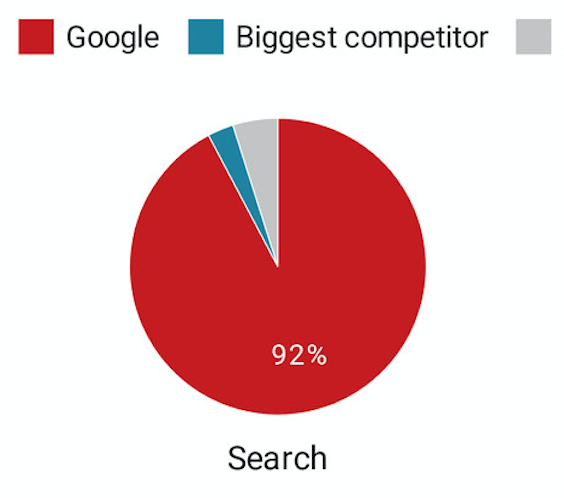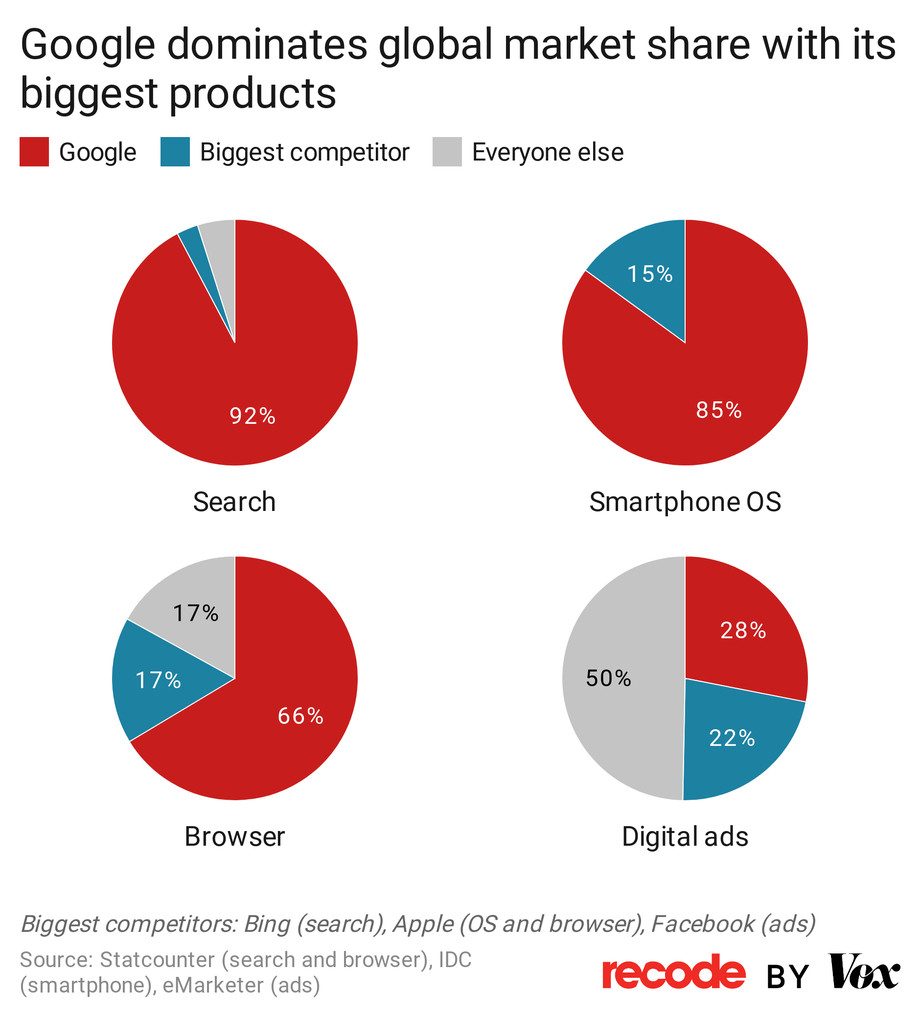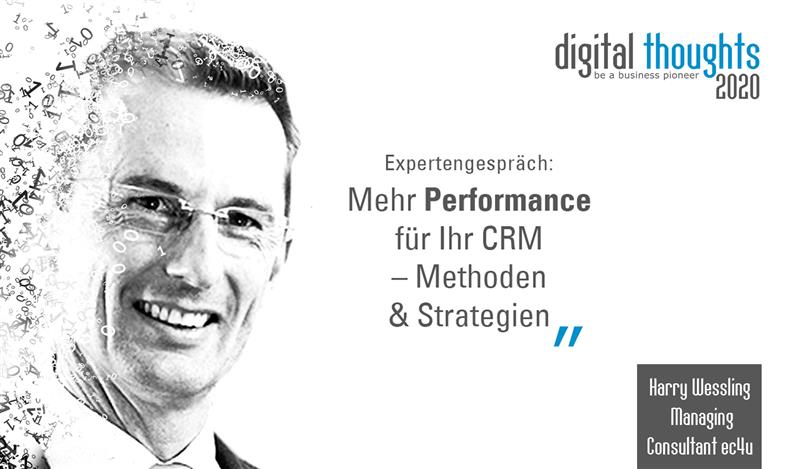Gelangweilt von nächtelangen Polit-Talk zu Corona hat jetzt der weltweite Mangel an Popkorn eingesetzt. Monatelanges monotones Gerede über Corona mit der super genialen Strategie „auf-zu-auf-zu-auf-zu ….“ sprengt alle Erwartungen der Popcorn-industrie. Kino? Pah, war gestern! Das Kino ist heute im TV, nur mit einem Nachteil. Langweiliger geht’s echt nicht!
Logistik als Corona-Lösung?
BionTech hat jetzt mal eben eine digital gestützte Logistiklösung zur Impfstoffversorgung FERTIG gestellt. Ja, kein Scherz. Die Corona-App ist noch immer ein Haufen nutzloser Schrott, in dem weiter Steuergelder versenkt werden. Wenn wir doch nur die Kernkompetenzen zum Zug kommen lassen würden. Ich bin fest davon überzeugt, dass die Logistik im Desaster endet, wenn die Politik hier die Sache koordiniert.
Wenn wir dagegen die Logistik-Champions mal zum Zug kommen lassen würden, sähe die Welt anders aus. Und damit meine ich Champions wie amazon. Meinetwegen auch Automotives. Da wird nicht lange gefackelt. Bevor in Berlin zu Ende diskutiert wurde, hätte amazon schon die erste Lieferung am Ziel.
Politik sollte weniger machen!
Politik ist gut, um Rahmenbedingungen zu setzen. Leitplanken und Regeln. Wenn es aber drum geht, Lösungen zu exekutieren, umzusetzen, Dinge geschehen zu lassen, die auch wirklich funktionieren, dann sollte man das denjenigen überlassen, die es gewohnt sind, eine Sache auch zu erledigen. PERFORMANCE ist bei Unternehmen gang und gäbe. Die Politik kann „GUT REDEN“. Jeder hat halt seine Kernkompetenz.
Rollen nicht vertauschen
In Zeiten wie diesen, tut die Politik gut daran, Steuergelder zu verschenken. Meinetwegen. Dann aber bitte an diejenigen, die ihr Fach beherrschen. So sorry an alle fleißigen BeamtenInnen, aber Business ist echt nicht euer Ding.
Wenn etwas schnell gehen soll und zwar verlässlich, dann müssen high performer ran und das können die am besten, die sich im knallharten Wettbewerb bewährt haben. Es gibt sie, die logistische Kernkompetenz, voll digitalisiert.




